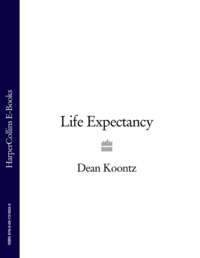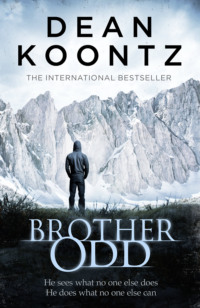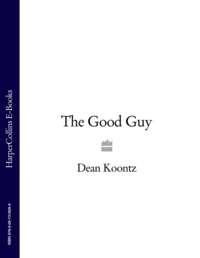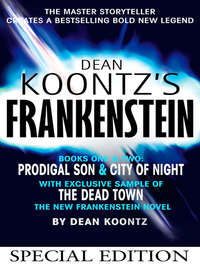Saint Odd
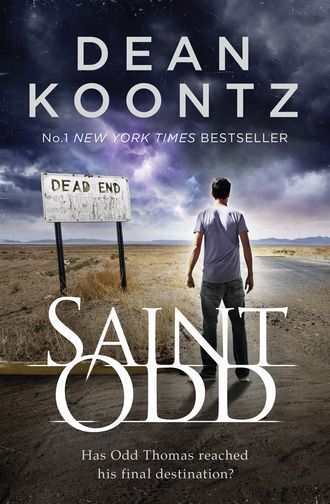
Полная версия
Saint Odd
Жанр: приключениядетективызарубежные приключенияэзотерика / оккультизмтриллерысовременная зарубежная литературакниги о приключенияхзарубежная религиозная литература
Язык: Английский
Год издания: 2019
Добавлена:
Настройки чтения
Размер шрифта
Высота строк
Поля
Конец ознакомительного фрагмента
Купить и скачать всю книгу

